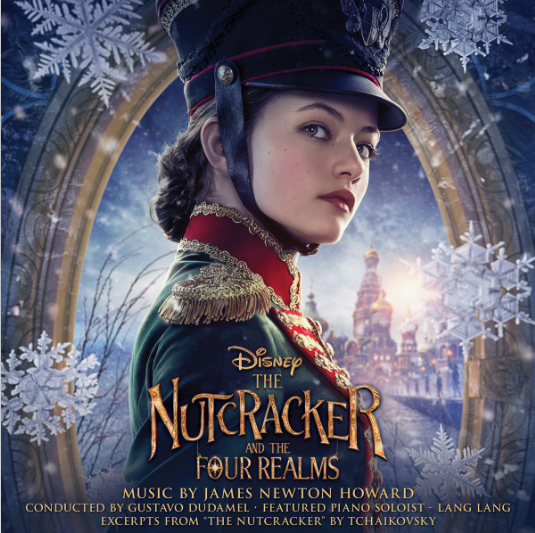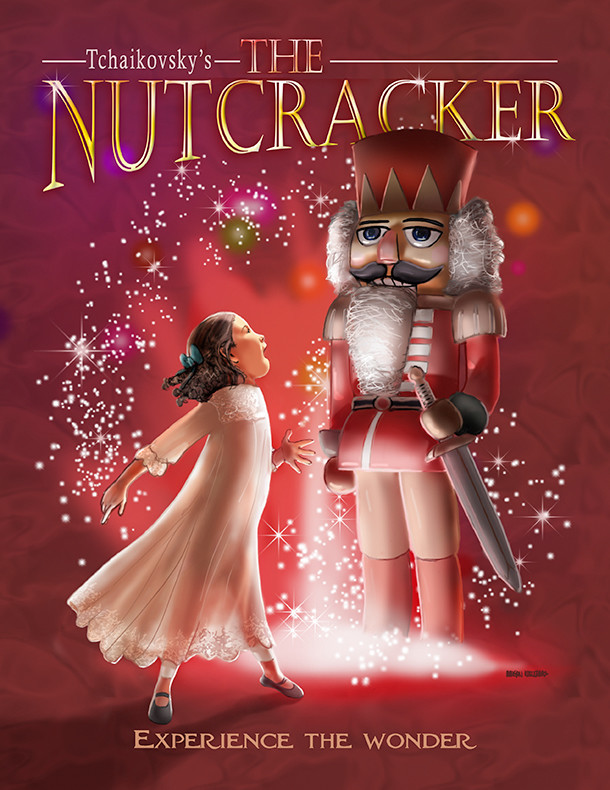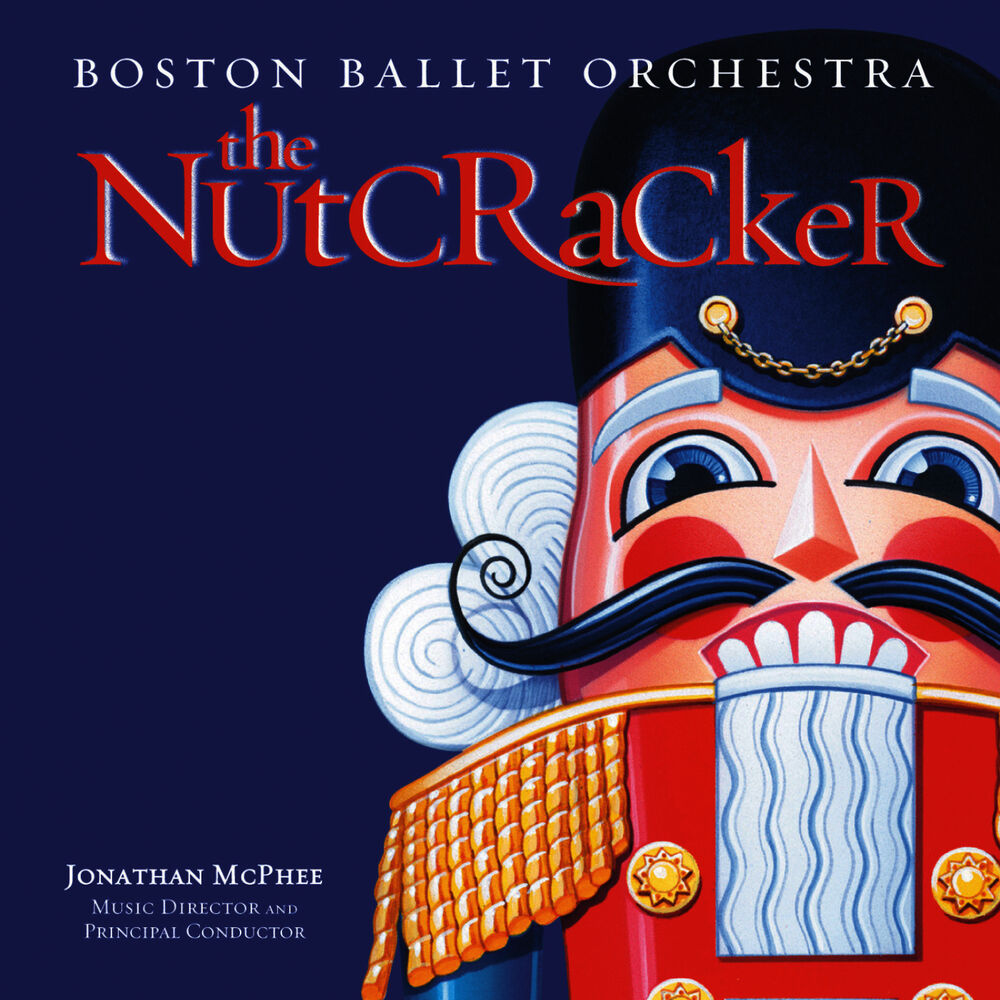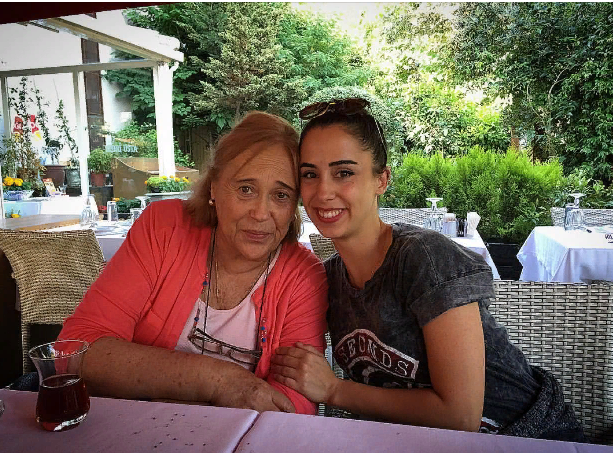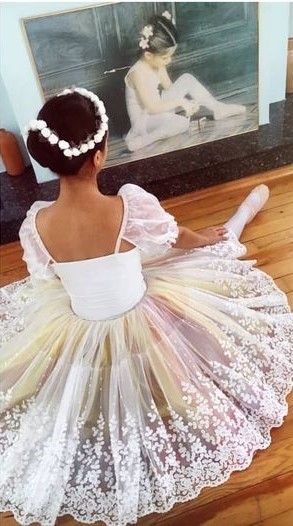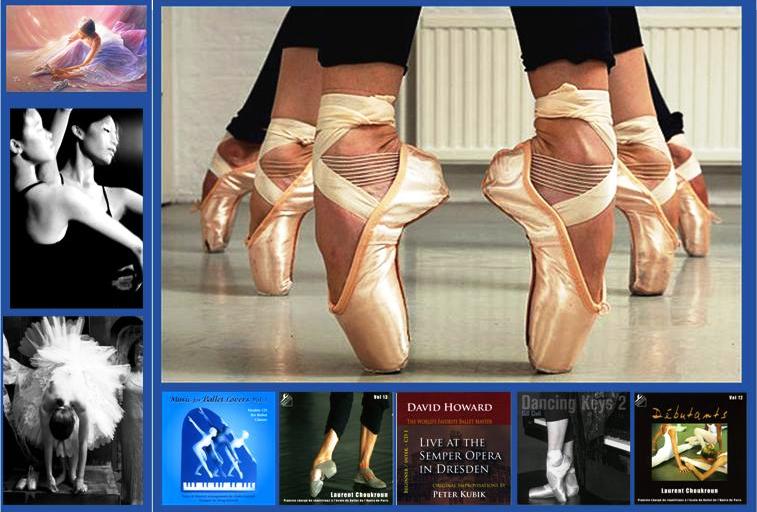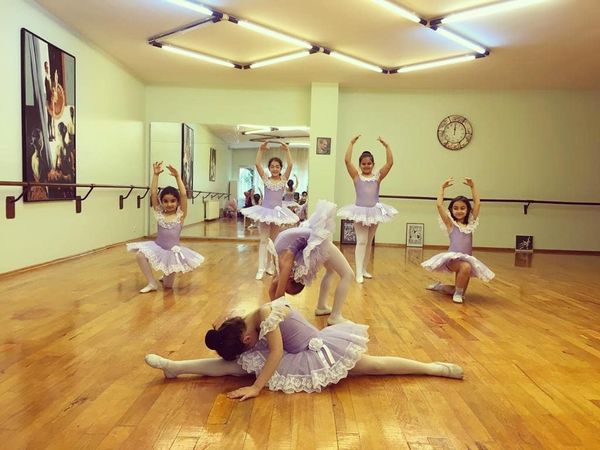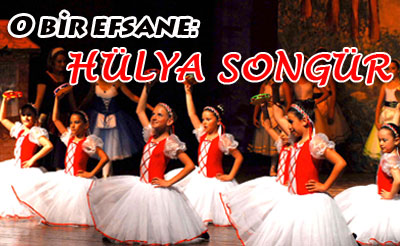|
HOME THEATER- |
||||
|
|
||||
|
BU SENE KURULUSUMUZDAN BU YANA ALTMISINCI DERS YILINI BITIRDIK. KURUMUMUZDA SADECE KLASIK BALE VE KLASIK MUSIK EGITIMI VERILMEKTEDIR. |
||||
|
|
||||
|
|
||||
|
GIESELLE-FULL LENGHT BALLET BY BOLSHOI BALLET THEATER |
||||
|
SWAN LAKE-TCHAKOVKY |
||||
|
Classical Ballet and Opera House-Mari El Russia, It is the compelling legend of a tragic romance in which a princess, Odette, is turned into a swan by an evil curse. Prince Siegfried chances upon a flock of swans while out hunting. When one of the swans turns into a beautiful young woman he is instantly captivated – will his love prove strong enough to break the evil spell that she is under? |
||||
|
Adelaide Giuri as Odette and Mikhail Mordkin as Prince Siegfried in Aleksandr Gorsky's staging of the Petipa/Ivanov Swan Lake for the Bolshoi Theatre, Moscow, 1901. A young Vera Karalli is seen kneeling. Pyotr Ilyich Tchaikovsky (7 May 1840 – 6 November 1893) was a Russian composer of the Romantic period. He was the first Russian composer whose music would make a lasting impression internationally. Tchaikovsky wrote some of the most popular concert and theatrical music in the current classical repertoire, including the ballets Swan Lake and The Nutcracker, the 1812 Overture, his First Piano Concerto, Violin Concerto, the Romeo and Juliet Overture-Fantasy, several symphonies, and the opera Eugene Onegin. |
||||
|
|
||||
|
||||
|
||||
|
Ballet by Russian composer Igor Stravinsky. It was written for the 1911 Paris season of Sergei Diaghilev's Ballets Russes company; the original choreography was by Michel Fokine and stage designs and costumes by Alexandre Benois, who assisted Stravinsky with the libretto. The ballet premiered at the Théâtre du Châtelet on 13 June 1911 with Vaslav Nijinsky as Petrushka, Tamara Karsavina as the lead ballerina, Alexander Orlov as the Moor, and Enrico Cecchetti the charlatan |
||||
|
|
||||
|
|
||||
|
LA BAYADERE-BOLSHOI BALLE |
||||
|
SPARTACUS BALLET PERFORMANCE-IGOR ZELENSKY |
||||
|
|
||||
|
LA ESMERELDA BALLET PERFORMANCE |
||||
|
La Esmeralda is a ballet in three acts and five scenes, inspired by the 1831 novel Notre-Dame de Paris by Victor Hugo, originally choreographed by Jules Perrot to music by Cesare Pugni, with sets by William Grieve and costumes by Mme. Copère. It was first presented by the Ballet of her Majesty's Theatre, London on 9 March 1844, with Carlotta Grisi as Esmeralda, Jules Perrot as Gringoire, Arthur Saint-Leon as Phoebus, Adelaide Frassi as Fleur de Lys, and Antoine Louis Coulon as Quasimodo. Source: https://en.wikipedia.org/wiki/La_Esmeralda_(ballet) |
||||
|
|
||||
|
|
||||
|
DON KIOHOT BALLET |
||||
|
CINDERELLA |
||||
|
Cinderella (Russian: Золушка, tr. Zolushka; French: Cendrillon) Op. 87, is a ballet composed by Sergei Prokofiev to a scenario by Nikolai Volkov. It is one of his most popular and melodious compositions, and has inspired a great many choreographers since its inception. The piece was composed between 1940 and 1944. Part way through writing it Prokofiev broke off to write his opera War and Peace. The premiere of Cinderella was conducted by Yuri Fayer on 21 November, 1945, at the Bolshoi Theatre, with choreography by Rostislav Zakharov[2] and Galina Ulanova in the title role. Cinderella is notable for its jubilant music, lush scenery, and for the comic double-roles of the stepmother and the two stepsisters (which can be performed in travesti), more mad than bad in this treatment. Source: https://en.wikipedia.org/wiki/Cinderella_(Prokofiev) |
||||
|
|
||||
|
|
||||
|
SLEEPING BEAUTY-PYOTR TCHAIKOVSKY |
||||
|
The Sleeping Beauty (Russian: Спящая красавица, tr. Spyashchaya krasavitsa listenⓘ) is a ballet in a prologue and three acts to music by Pyotr Ilyich Tchaikovsky, his Opus 66, completed in 1889. It is the second of his three ballets and, at 160 minutes, his second-longest work in any genre. The original scenario was by Ivan Vsevolozhsky after Perrault's La belle au bois dormant, or The Beauty Sleeping in the Forest; the first choreographer was Marius Petipa. The premiere took place at the Mariinsky Theatre in St. Petersburg on January 15, 1890, and from that year forward The Sleeping Beauty has remained one of the most famous of all ballets. SOURCE: https://en.wikipedia.org/wiki/The_Sleeping_Beauty_(ballet) |
||||
|
|
||||
|
LA SYLPHIDE-MUSIC BY JEAN MADELEINE SCHNEITZHOEFFER |
||||
|
La Sylphide (English: The Sylph; Danish: Sylfiden) is a romantic ballet in two acts. There were two versions of the ballet; the original choreographed by Filippo Taglioni in 1832, and a second version choreographed by August Bournonville in 1836. Bournonville's is the only version known to have survived and is one of the world's oldest surviving ballets. On 12 March 1832 the first version of La Sylphide premiered at the Salle Le Peletier of the Paris Opéra with choreography by the groundbreaking Italian choreographer Filippo Taglioni and music by Jean-Madeleine Schneitzhoeffer, SOURCE: https://en.wikipedia.org/wiki/La_Sylphide |
||||
|
|
||||
|
Onegin is a ballet created by John Cranko for the Stuttgart Ballet, premiered on 13 April 1965 at Staatstheater Stuttgart. The ballet was based on Alexander Pushkin's 1825-1832 novel Eugene Onegin, to music by Pyotr Ilyich Tchaikovsky and arrangements by Kurt-Heinz Stolze. The ballet had since been in the repertoires of The Australian Ballet, National Ballet of Canada, American Ballet Theatre and The Royal Ballet.[ Cranko first discovered Alexander Pushkin's verse-novel Eugene Onegin when he choreographed the dances for Tchaikovsky's opera of the same name in 1952. He first proposed a ballet based on Pushkin's story to the Royal Opera House board in the 1960s, but it was turned down, and he pursued the idea when he moved to Stuttgart. The Stuttgart Ballet premiered the work in 1965. The Royal Ballet did not present the work until 2001.[4] The choreography for his ballet includes a wide range of styles, including folk, modern, ballroom and acrobatic. The music takes inspiration from the composer he worked with when he was first introduced to the story – Kurt-Heinz Stolze arranged music by Tchaikovsky, which came principally from his piano works rather than his orchestral works, to accompany the dancers.[5][n 1] The original principals were Marcia Haydée as Tatiana, Ray Barra as Onegin, Egon Madsen as Lensky and Ana Cardus as Olga. SOURCE: https://en.wikipedia.org/wiki/Onegin_(Cranko) |
||||
|
|
||||
|
|
||||
|
|
||||
|
WE ARE PROUD WITH OUR SUCCESFULL STUDENTS GOZDE IS ONE OF MY LOVELY ONE. |
||||
|
|
||||
|
OUR YOUNG TALENT MIRA KISELEVA AND MY LOVELY DAUGHTER ASLI, YOU ARE DANCING IN MY HEART |
||||
|
|
|
|
|
POSTURE AND TECHNIQUES NEED SEVERAL YEARS HARD WORK-READ WIKIPEDIA POINTE TECHNIQUE |
|
REV-2024-05 |

























.jpg)














.jpg)





